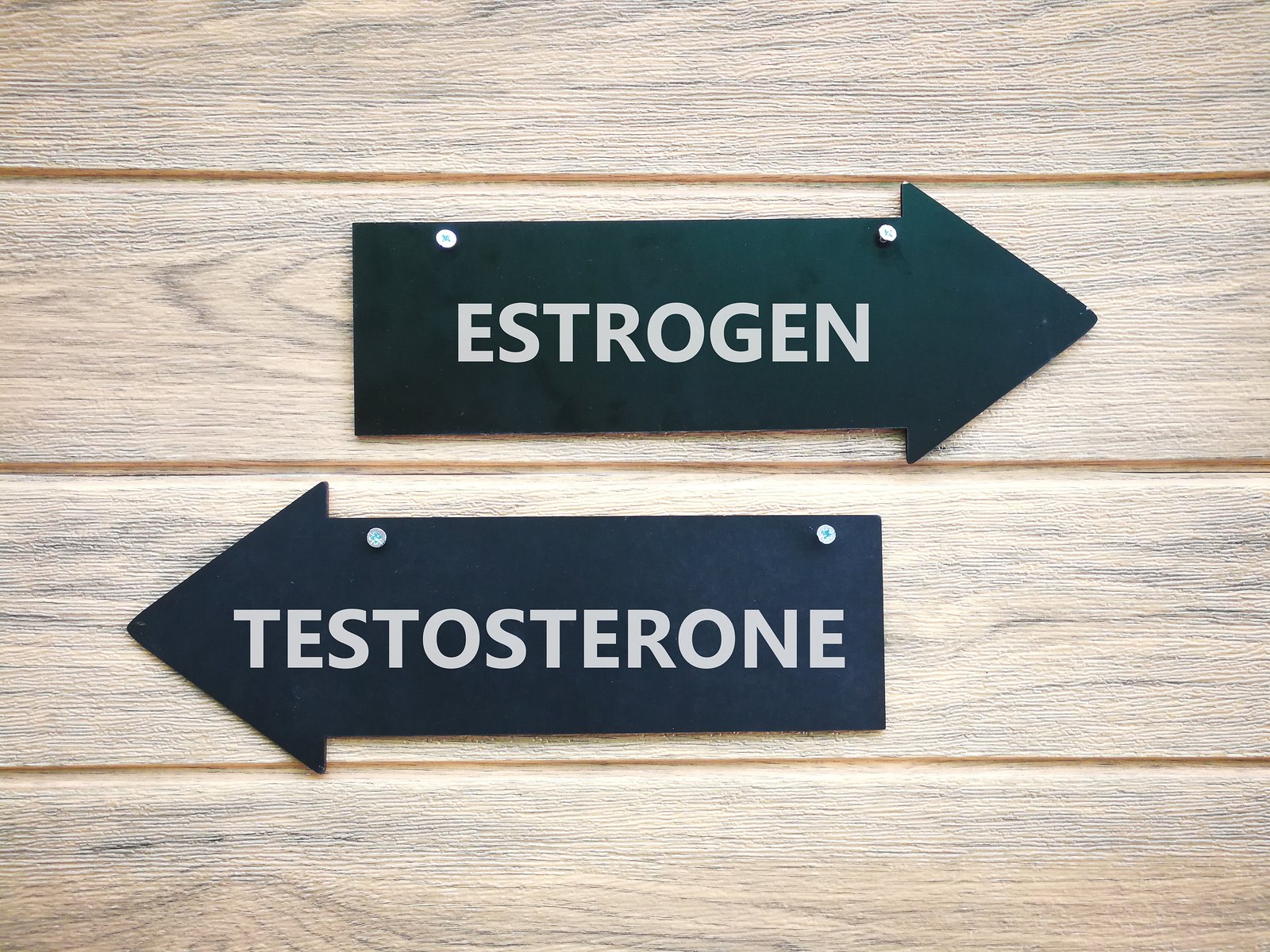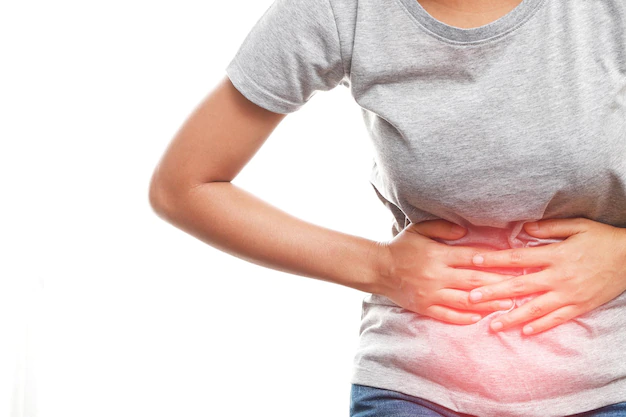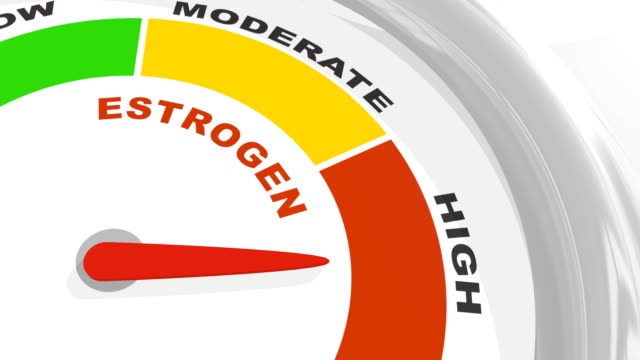What is estrogen?
Your body’s hormones resemble a see-saw. When they’re perfectly balanced, your body starts working as it should. However, when they’re imbalanced, you might start encountering some health problems.
Estrogen is known as the “female” hormone Testosterone is known as the “male” hormone. Every hormone is related to a particular sex, but both are found in ladies and men. All things considered, women have higher degrees of estrogen and men have more testosterone.
In women, estrogen helps start sexual development. Alongside this, another female sex hormone is known as progesterone, also directs a woman’s feminine cycle and influences her whole reproductive system. (tattooremovalportlandor.com) In premenopausal women, estrogen and progesterone levels fluctuate from one phase of the monthly cycle to another.

In this article, we will discuss all about high estrogen in the body, its causes, and high estrogen symptoms in women and men.
Causes of high estrogen
A high level of estrogen can develop in a natural way, however, an excessive amount of estrogen can also be caused because of taking specific medicines. For instance, estrogen substitution treatment, a well-known treatment for symptoms of menopause, may make estrogen arrive at hazardous levels.
Your body may also foster low testosterone or low progesterone levels, which can disturb your hormonal equilibrium. If you have estrogen levels that are unusually high compared to your progesterone levels, it’s known as estrogen dominance.
High estrogen symptoms in women
When your body’s estrogen and testosterone levels aren’t balanced, you may begin developing certain symptoms. In women, potential high estrogen symptoms include:
1. Bloating
Bloating is a state of high estrogen symptoms, where your stomach feels full and tight, often because of gas. Individuals could mistake bloating for different purposes behind a more perceptible tummy, like stomach wall laxity, or looseness. During perimenopause, your hormones are evolving quickly. That can prompt higher degrees of estrogen. Estrogen makes your body hold water, which can lead to bloating.

2. Swelling and tenderness in your breasts
The Adipose (fat) tissue is dependent upon changes in fluid volume. This can make your breasts grow and can make them tender and sore. Different changes in your breast tissue can also bring about breast swelling. The breast develops because of an increase in estrogen during pubescence. Accordingly, it is one of the possible elements of high estrogen symptoms. During the feminine cycle, different hormones cause changes in bosom tissue that can prompt pain or uneasiness in certain girls and women. While bosoms or breasts don’t normally hurt, occasionally the pain is normal.
3. Fibrocystic lumps in your breasts
Fibrocystic breast illness, regularly called fibrocystic breasts or fibrocystic change, is a harmless (noncancerous) condition in which the breasts feel some lumps in it. Fibrocystic breasts aren’t hurtful or perilous however might be bothering for certain women.
4. Decreased sex drive
Inhibited sexual desire (ISD) is an ailment with only one side effect: low sexual craving. ISD is all the more accurately alluded to as HSDD or hypoactive sexual desire disorder. An individual with HSDD sometimes, if at any time, participates in sexual exercises. They don’t start or reciprocate an accomplice’s sexual activities. Recognizing HSDD from asexuality is crucial. Asexuality is a kind of sexual direction characterized as a general absence of physical attraction, while HSDD is a condition centred around an absence of sexual craving.

5. Irregular menstrual periods
Women’s periods can vary in length and severity. Menorrhagia is a condition where your menstrual cycle is irregularly, excessively long, or heavy. Menorrhagia is a prolonged period lasting more than seven days and heavy bleeding that requires you to change your tampon or pads more frequently than once an hour.
Some other symptoms may also include: mood swings, headaches, anxiety and panic attacks, weight gain, hair loss, cold hands or feet, trouble sleeping, sleepiness or fatigue.
High estrogen symptoms in men
Though it’s known as the female hormone, a man’s body also makes estrogen. A good and healthy balance of estrogen and testosterone is significant for sexual development and improvement. When these hormones become imbalanced, your sexual development and functions might be impacted.
High estrogen symptoms in men include:
1. Infertility
Healthy sperm is partly due to estrogen. High estrogen levels can lead to low sperm counts, which could cause fertility problems.
2. Gynecomastia
Breast tissue growth may be stimulated by estrogen. Gynecomastia is a condition that causes larger breasts in men who have too much estrogen.
3. Erectile dysfunction (ED)
High estrogen levels can make it difficult for men to erections.
Diagnosing high estrogen
If your doctor thinks that you could have high estrogen, they’ll probably arrange a blood test to check your hormone levels. A trained and proficient one will gather a sample of your blood to be tried in a research lab. The outcomes will demonstrate if your estrogen levels are excessively low or excessively high. Blood estrogen levels are estimated in pictograms per milliliter (pg/mL).
There are three sorts of estrogen: estradiol, estriol, and estrone. Estradiol is the essential female sex hormone. Estriol and estrone are minor female sex hormones. Estriol is almost imperceptible in the ones who aren’t pregnant.
Conclusion
Make an appointment with your doctor if you are experiencing unusual symptoms. These doctors can tell you if your symptoms are caused by high estrogen. High estrogen symptoms and any other underlying causes must be treated. The best treatment is to reduce the severity of your symptoms and decrease your chance of developing complications.

